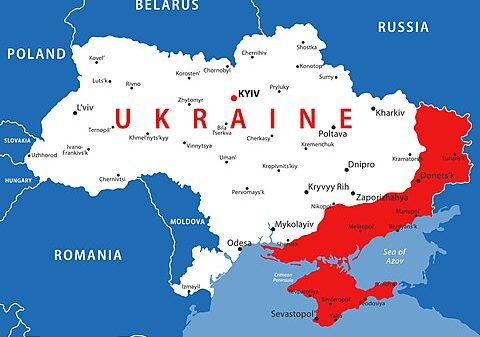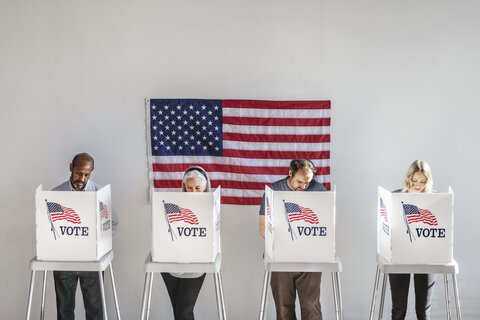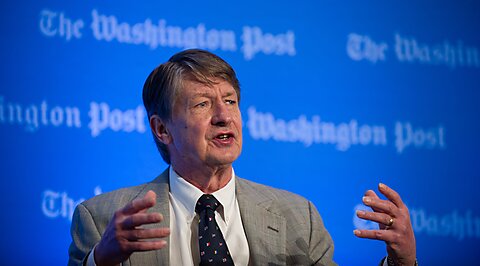Clark Packard and Alfredo Carrillo Obregon
On October 28, during the CEO luncheon at the Asia-Pacific Economic Cooperation summit in Gyeongju, South Korea, President Trump delivered a colorful keynote touting his administration’s record on US manufacturing. Steel earned a special shoutout. The president explicitly claimed that his protectionism has revived the industry.
While US steel output may be trending higher than it did in 2024 and the domestic industry may be expanding its production capacity, the president’s optimism, at least for now, is misplaced.
In a Cato Institute Policy Analysis released today, we demonstrate that the domestic steel industry continues to struggle. Output, employment, and capacity utilization remain below their historic highs and even trail the levels registered between 2019 and 2022 (excluding the COVID-19 pandemic) after Trump imposed the “national security” tariffs under Section 232 of the Trade Expansion Act.
As we further document, this is par for the course with American steel. For almost six decades, the US steel industry has been one of the most—if not the most—coddled industry in Washington. Policymakers have showered it with every conceivable form of protection from import competition, including tariffs, quotas, trade remedies to voluntary export restraints, “Buy American” procurement preferences, and restrictions on trade and foreign investment under the guise of national security. For all this government intervention, the industry has never been able to reverse its long-term decline, which has been driven by structural transformations in the American and global economies, not by import competition and US trade policies.
Whatever short-term benefits different episodes in the history of American steel protectionism have conferred on the domestic industry, they have also proven pyrrhic victories. Steel prices in the United States are persistently among the highest in the world. Per the latest data from SteelBenchmarker, the US price for hot-rolled band (per metric ton) is 28.3 percent higher than the price in Western Europe. This undermines US competitiveness in steel-consuming industries, such as manufacturing and construction, and raises prices for final consumers and taxpayers.
The problem isn’t just that steel protectionism fails economically—it’s that it succeeds politically. The entrenchment of Big Steel in Washington politics foments political dysfunction at home and abroad. On one hand, the steel industry engages in aggressive lobbying, and its insiders, including prominent members of the past and current Trump administrations, cycle in and out of government. On the other, the protectionism coming from Congress and the White House has repeatedly undermined US relationships with longstanding allies and trading partners, as well as the functioning of the World Trade Organization.
After 60 years of this failed formula, a change in course is desperately needed. To be clear, unfair competition from foreign subsidized steelmakers is an issue, and trade officials should engage with America’s trading partners in multilateral forums to find tangible solutions. This issue alone, however, does not justify the vast protections given to the domestic steel industry, nor the resulting harm to American steel consumers. If policymakers are interested in bolstering US manufacturing, as President Trump himself claims to be, they should be looking for ways to reduce input prices and foment a more competitive steel industry.
Pursuing market-oriented policies—beginning with reforms to the trade mechanisms that the steel industry has routinely abused to restrict imports—would be a good start.
You can read the full paper here.






